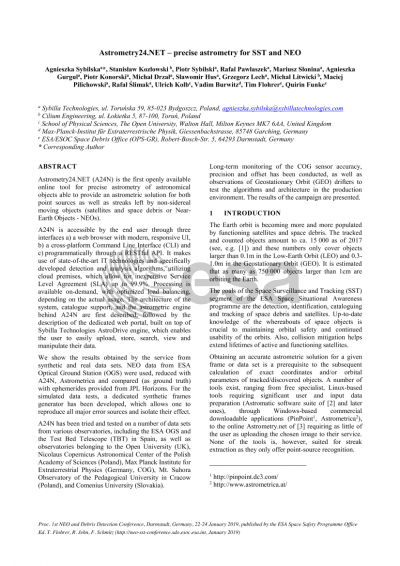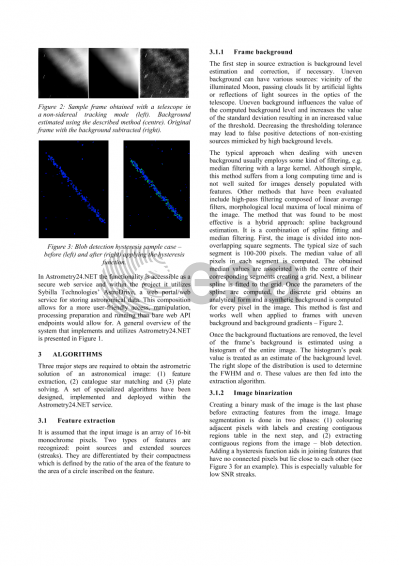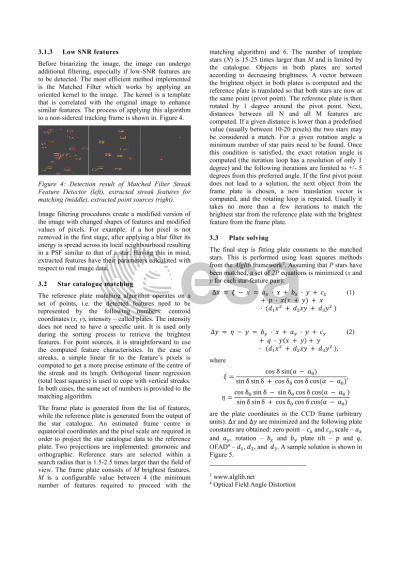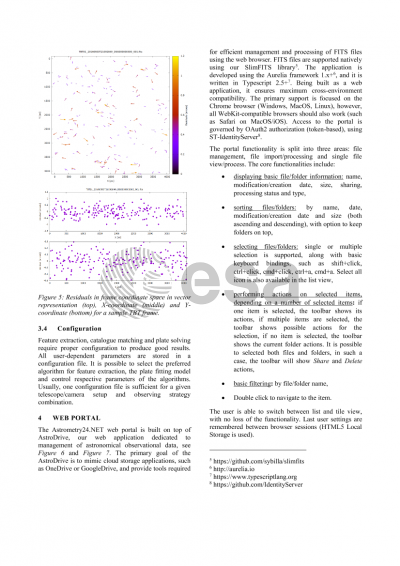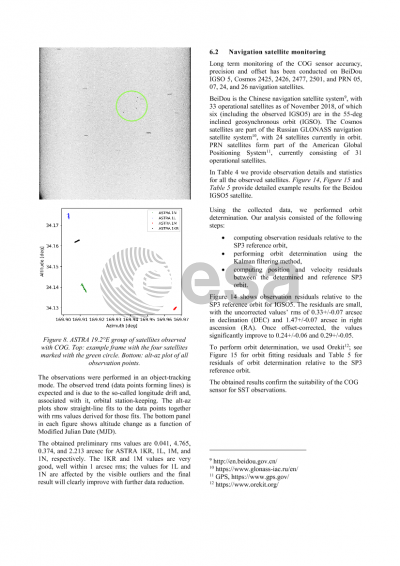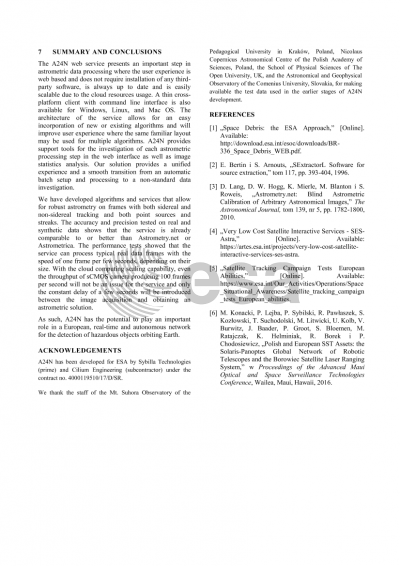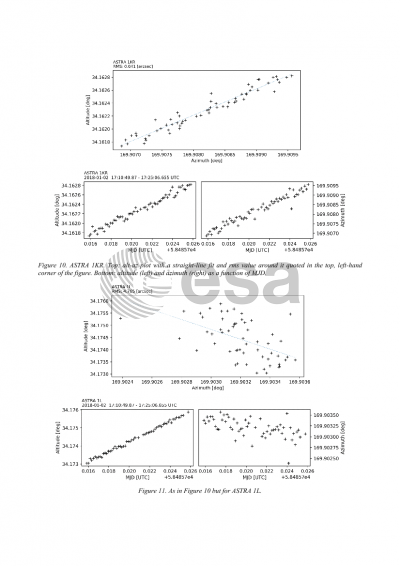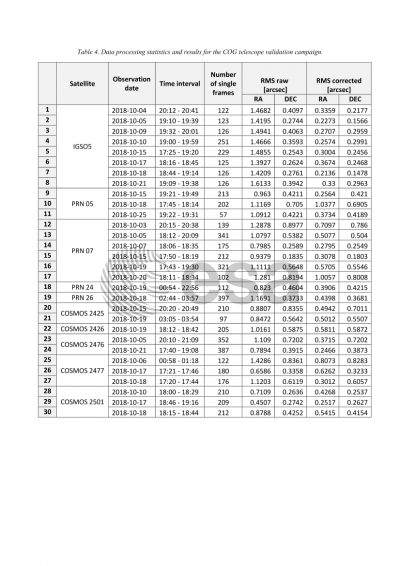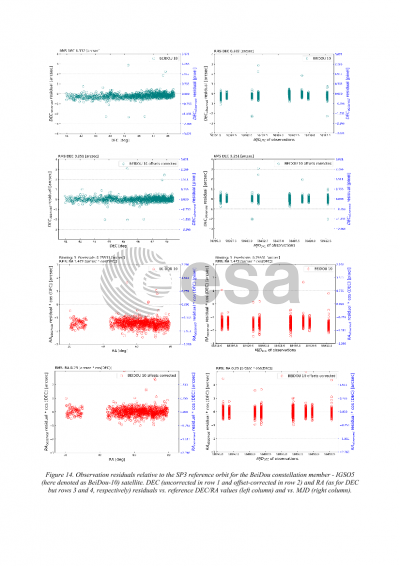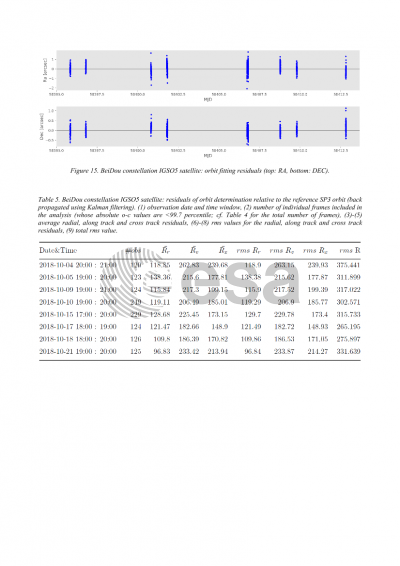Document details
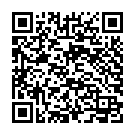
Abstract
We present Astrometry24.net (A24N) service, the first openly available online tool for precise astrometry of astronomical objects able to provide an astrometric solution for both point sources as well as streaks left by non-sidereal moving objects (satellites and space debris or Near-Earth Objects - NEOs). A24N is accessible by the end user through three interfaces a) a web browser with modern, responsive UI, b) a cross-platform Command Line Interface (CLI) and c) programmatically through a RESTful API. It makes use of state-of-the-art IT technologies and specifically developed detection and analysis algorithms, utilizing cloud premises, which allow for inexpensive Service Level Agreement (SLA) up to 99.9%. Processing is available on-demand, with optimized load balancing, depending on the actual usage. Architecture of the system, catalogue support, the astrometric engine behind A24N are first described, followed by the description of the dedicated web portal, built on top of Sybilla Technologies AstroDrive engine, which enables the user to easily upload, store, search, view and manipulate their data.
We show the results obtained by the service from synthetic and real data sets. NEO data from ESA Optical Ground Station were used, reduced with A24N, Astrometrica and compared (as ground truth) with ephemerides provided from JPL Horizons. For the simulated data tests, a dedicated synthetic frames generator has been developed, which allows one to reproduce all major sources of errors and isolate their effect.
A24N was tried and tested on a number of data sets from various observatories, including the ESA Observing Ground Station and the Test Bed Telescope in Spain, as well as observatories belonging to the Open University (UK), Nicolaus Copernicus Astronomical Center of the Polish Academy of Sciences (Poland), Max Planck Institute for Extraterrestrial Physics (Germany, COG), Mt. Suhora Observatory of the Pedagogical University in Cracow (Poland), and Comenius University (Slovakia).
Long term monitoring of the COG sensor accuracy, precision and offset has been conducted, as well as observations of GEO drifters to test the algorithms and architecture in the production environment. The results of the observing campaign are presented.
The work has been conducted in the A24N (web service for finding SST and NEO) project funded by the European Space Agency, Contract No 4000119510/17/D/SR.
Preview
